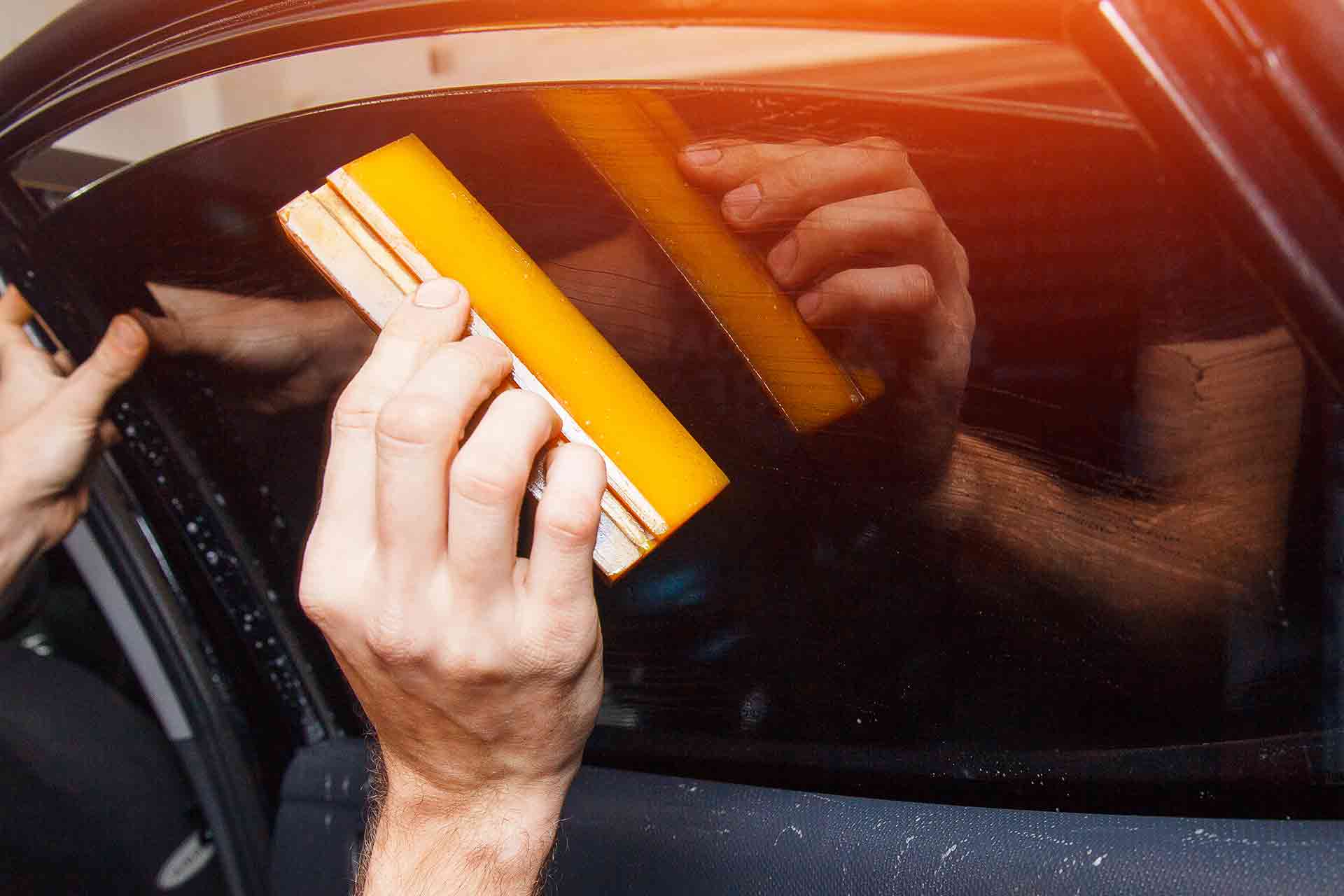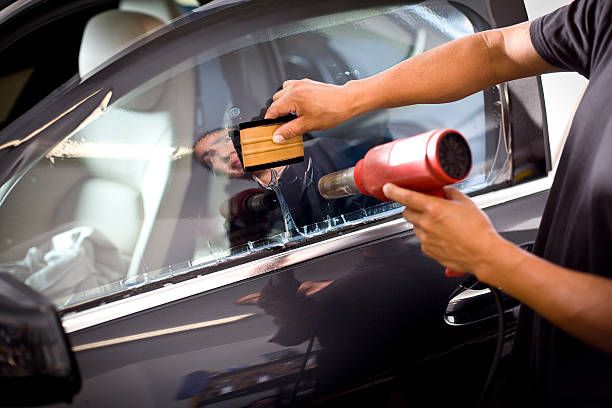Indian Window Tinting Laws Is using car window tinting legal?
There is scarcely anyone who can comment if you are considering bringing a new automobile with recently tinted windows to India. Did you know that India forbids cars with tinted windows? You really heard right! Although window tinting entails covering the vehicle's glass with a thin laminate film, there are many other reasons why people choose to tint their windows. These goals might be to provide security or privacy, shield the outside from Ultra Violate (UV) radiation, or reduce sun glare.
Of course, window tinting may be done for purely aesthetic reasons. However, it is the first necessary to determine whether your state or nation does permit it first. Apart from a number of other issues related to this, in this blog we will discuss the reasons why window tinting was outlawed in India in this blog.

When and why was it imposed?
The use of tints and films on car windows was banned in India by the Supreme Court in 2012. Following an excessive number of criminal accidents in moving cars, this restriction was implemented for the safety of passengers. The Supreme Court ordered that the optical limit of light transmission for the front and rear windows at 50% and the side windows of cars at 70%.
Although some automakers did provide automobiles with factory-installed window tinting due to the hot environment, there were no other options that were acceptable.
Until 2012, it was acceptable to use colored glasses. However, the prohibition was a blessing as India witnessed a sharp rise in the crime rate. Well, many rapes and molestation crimes were being conducted in so-called "modified" cars with tinted windows.
To counter this, the Regional Transport Office (RTO) has introduced a new regulation prohibiting window tinting. Those who disobeyed the rules and nonetheless to install window films suffered severe consequences.

What rules are in place if there is a film?
As per the recent clarification of the Supreme Court ruling, there are some restrictions on the use of any Visible Light Transmission (VLT) or black films on windshields or safety glass of vehicles across India.
Rule 100
The rear window or windshield of the vehicle must be kept in a state where the VLT is at least 70%. As per Indian standards, the film's visual transmission of light should not be less than 50% when applied on side windows.
Both side windows and windshield safety glass are subject to this law. It is prohibited to use any type of material or film on the side windows or windshield. You should consider VLT for safety glass without any additional film applied. The material must meet production criteria if it is pasted.
High temperatures revive the solar films
Black tinted windows and sun screens are in high demand due to rising mercury levels every year. However, if your windows continue to transmit light visually, you are free to do so. Ensure that limited visibility does not exceed the allowable limit at all times.
Why do VVIPs get a break from the rule?
You must first keep a few things in mind if you are wondering why (VIPs), politicians and consulate cars drive with dark glasses. First, the Supreme Court ruled that although there are no special regulations that forbid the use of tinting for security purposes, it is primarily the obligation of the police and the Home Office to provide such an exception.
Also Read: Aprilia RS 457 to be officially launched on 8 December in India